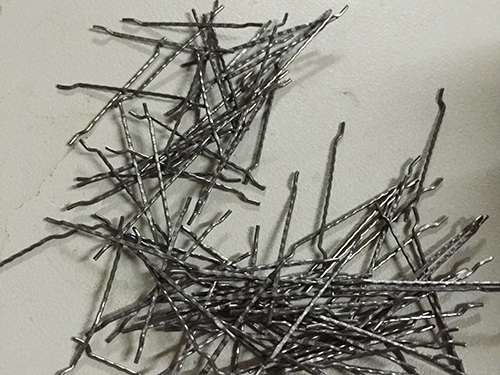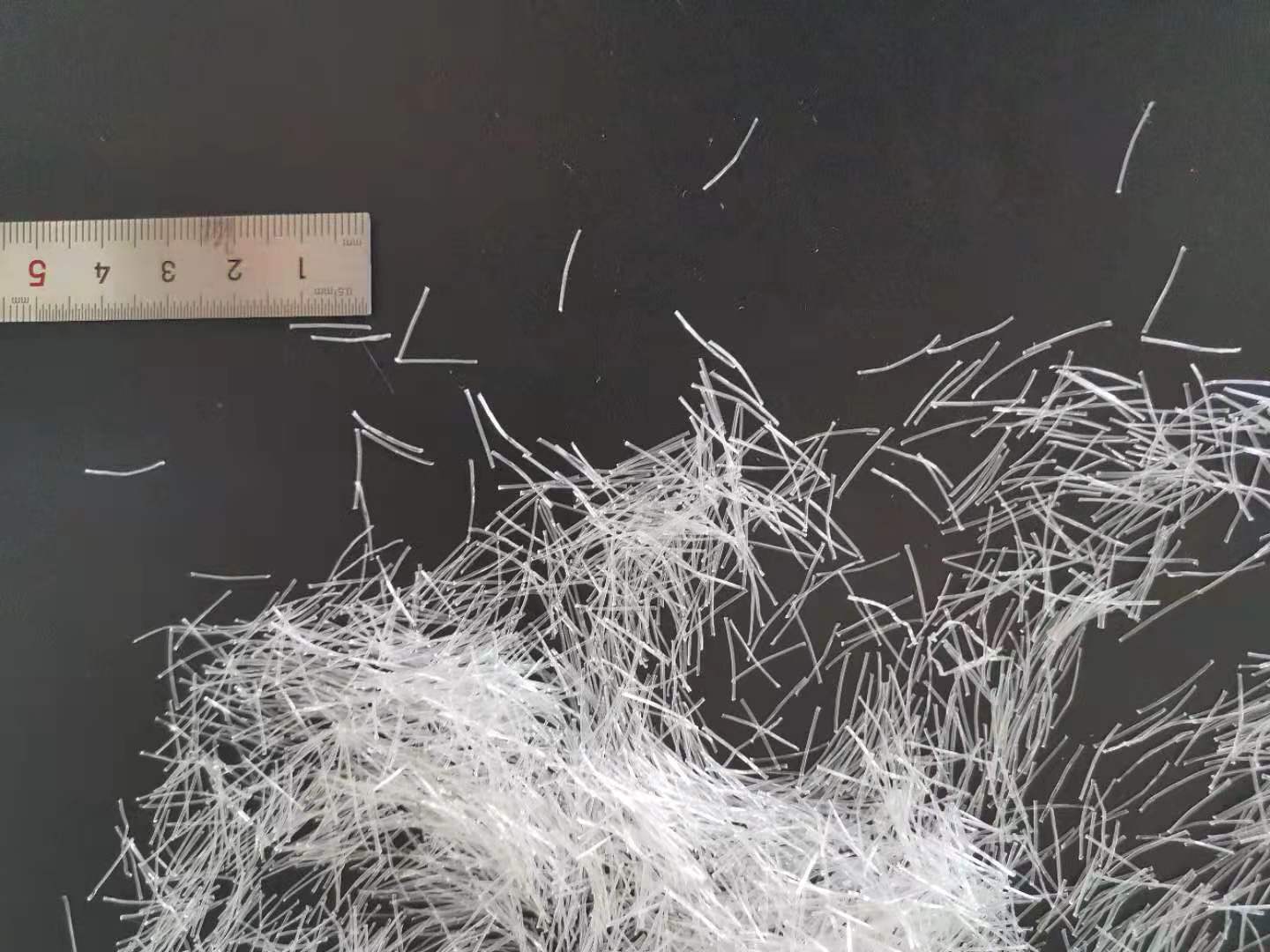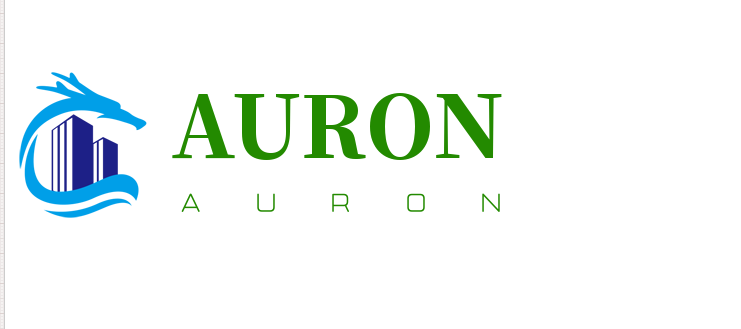Polypropylene fibrillated fiber
Also known as polypropylene mesh fiber, it is modified polyacrylonitrile as raw material, through extrusion, stretching, forming mesh, surface modification treatment, short cutting and other processes. The appearance of the fiber is a network structure formed by multiple fiber monofilaments. When the mesh fiber is put into the concrete, the mesh fiber is extruded and torn into single filaments with hook shape at both ends, and they are linked to each other in multi-directional distribution, which enhances the bonding force between fiber and concrete. A large number of fibers are distributed in the concrete in three dimensions, providing network supporting function, fundamentally changing the anti cracking, anti impact, anti fatigue and anti abrasion performance of concrete, greatly improving the toughness and deformation ability of concrete, and greatly improving the quality of concrete engineering. As a new type of concrete reinforced fiber, polypropylene fibrillated fiber is becoming a new hotspot in the application field of fiber reinforced concrete.
| Polypropylene fibrillated fiber | |
| Material | Raw polypropylene |
| Density | 0.91g/cm3 |
| Length | 6mm,12mm,19mm,38mm,54mm |
| Tensile strength | 530Mpa |
| Elastic modulus | 3600Mpa |
| Acid and alkali resistance | Excellent |
| Packing | 1kg/PE bag,12kg/woven bag |
Mechanism of action:
During the hardening process of cement concrete, the volume shrinkage of concrete will be caused, and in the later stage, the evaporation of water in the concrete will cause dry shrinkage. If the shrinkage stress exceeds the basic tensile strength of cement, micro cracks will be caused. Most of the cracks are completed during the gelation stage, and the tensile strength of concrete is very small at this time. After adding fiber into concrete, the fiber can be quickly and evenly distributed in the concrete, forming a three-dimensional random support system, dispersing the directional stress of concrete, blocking the occurrence and development of primary cracks in the concrete, eliminating or reducing the number and length of micro cracks, greatly improving the impermeability of concrete, enhancing the toughness, thus extending the service life of concrete.
Functions:
Improving the impermeability of concrete
Improving the crack resistance of concrete
Improving the impact resistance and fatigue resistance of concrete
Improve the abrasion resistance of concrete
Improving the plastic deformation ability of concrete
It has strong acid and alkali resistance and good stability.
Application:
1. Concrete pavement, bridge deck, airport runway;
2. Mine wall, roof and tunnel engineering;
3. River dam, seawall, wharf revetment, reservoir, etc;
4. Industrial and civil buildings.






